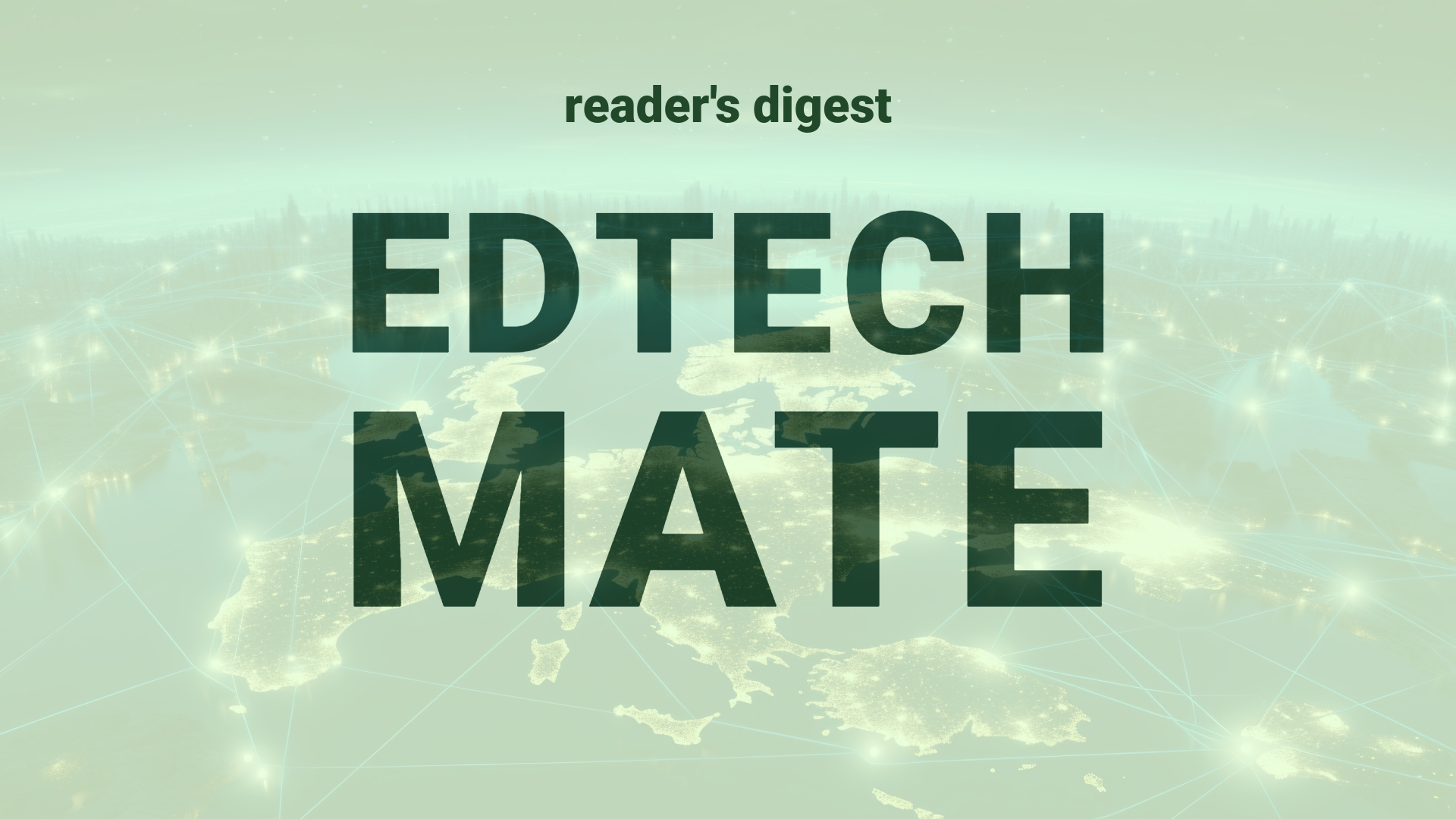Executive Summary and Main Points
The content features an interview with Amanda Eisel, CEO of Zelis, conducted by Gunjan Khanna, a senior partner at McKinsey, focused on the implications of price transparency in healthcare. Key insights include the impact of federal price transparency regulations in healthcare, the importance of integrating quality data with cost information, and the challenges of data standardization and consumer engagement. The discussion centers around the transformation of healthcare through regulatory changes, technology, and consumerism, wherein Eisel illustrates Zelis’ role in simplifying and making transparent healthcare financial transactions.
Potential Impact in the Education Sector
The advancements in healthcare price transparency have significant parallels to the education sector. For Further Education and Higher Education, transparent pricing could enable students to make more informed decisions regarding their educational investments, potentially shifting the landscape towards value-based education choices. For Micro-credentials, transparency in program costs and outcomes could enhance their appeal by empowering learners to assess and compare their ROI. Moreover, strategic partnerships between educational platforms and digital services can enhance this transparency, similar to the healthcare financial-services platforms, refining the decision-making process for learners and stakeholders.
Potential Applicability in the Education Sector
Adopting AI and digital tools from the healthcare sector’s transparency initiatives can lead to innovative applications in education. AI-driven platforms could predict and present costs associated with different educational paths, personalizing the information for individual learners. Utilizing machine learning algorithms, educational institutions might also aggregate and clean data regarding course outcomes, graduate employment rates, and earning potentials, thereby offering a more comprehensive view of the true cost and quality of education programs for students worldwide.
Criticism and Potential Shortfalls
A critical analysis raises concerns about the quality and utility of raw data, as well as the risk of over-reliance on digital tools without considering human judgment and context. International case studies demonstrate varied success, emphasizing the need for culturally sensitive implementations. Ethical considerations include the potential for exacerbating educational inequalities if cost transparency tools are not universally accessible or fail to account for the diverse needs and constraints of global student populations.
Actionable Recommendations
For international education leadership interested in leveraging these technologies, it’s recommended to initiate projects integrating cost and outcomes transparency into educational platforms. Strategic partnerships with technology companies specializing in big data could expedite this process. Considering long-term investments in AI to curate and personalize educational choices for students, education providers should foster an ecosystem that rewards transparency and quality, similar to the healthcare’s value proposition model. Lastly, engagement strategies must be devised to facilitate and encourage the use of transparent data by learners.
Source article: https://www.mckinsey.com/industries/healthcare/our-insights/unlocking-the-power-of-price-transparency-data

